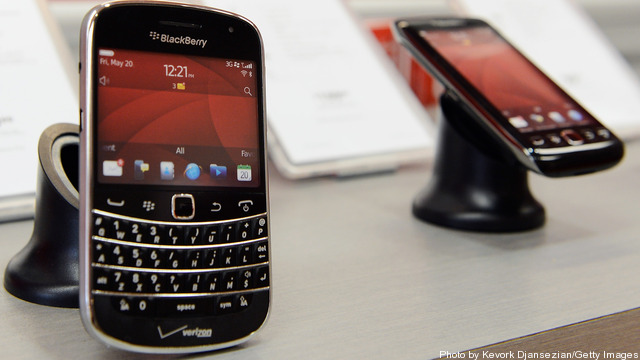 The new computing generation has burst on the federal scene in a big way. The latest manifestation is solicitations coming from two cabinet agencies.
The new computing generation has burst on the federal scene in a big way. The latest manifestation is solicitations coming from two cabinet agencies.
But they remind me of a scene many years ago. I spoke at the retirement party of a federal executive who had briefly worked on a program called seat management. I joked that more people were attending the party than had signed up for seat management, and got a roar of laughter.
“Seat”, as people called it, meant a contractor would supply to federal agencies a PC and all of the required software and services, charging a per-user, per-month fee.
_____________________________________________________
This article originally appeared on FedInsider.com. For more news and insights on innovations at work in government, please sign up for the AOL Gov newsletter. For the quickest updates, like us on Facebook.
_____________________________________________________
Seat management, touted as the biggest thing since computers, went over like a lead balloon. But it turns out, the concept might have simply been ahead of its time.
Today, agencies one by one are putting their productivity applications in the cloud. Separately, they are providing mobile devices or letting employees bring their own under BYOD plans.
Marry cloud and BYOD and you have the 21st century version of seat management. The difference today is the seat can be in someone’s car or kitchen, at the beach or in an airplane.
About those two new request proposals demonstrating what is going on:
Keep reading →


 The race to meet a series of milestones for advancing federal mobility continues to encounter differing expectations and the underlying need for better methods for managing data, according to a group of federal IT leaders in the throes of delivering the Obama Administration’s
The race to meet a series of milestones for advancing federal mobility continues to encounter differing expectations and the underlying need for better methods for managing data, according to a group of federal IT leaders in the throes of delivering the Obama Administration’s  New college graduates entering the workforce this year may have gotten their first iPhone in high school and their first email address in middle school. While the class of 2007 used laptops for research in their dorm rooms, this year’s graduates could fact-check.
New college graduates entering the workforce this year may have gotten their first iPhone in high school and their first email address in middle school. While the class of 2007 used laptops for research in their dorm rooms, this year’s graduates could fact-check. The new computing generation has burst on the federal scene in a big way. The latest manifestation is solicitations coming from two cabinet agencies.
The new computing generation has burst on the federal scene in a big way. The latest manifestation is solicitations coming from two cabinet agencies. Research in Motion’s BlackBerry phones have historically been the device of choice for secure
Research in Motion’s BlackBerry phones have historically been the device of choice for secure  Government technology officials are working urgently to enable
Government technology officials are working urgently to enable 
 Last week I read about a research team at Harvard led by George Church that encoded Church’s next book into the molecules of DNA. As the write-up in the
Last week I read about a research team at Harvard led by George Church that encoded Church’s next book into the molecules of DNA. As the write-up in the  The explosion of mobile devices and technologies can be overwhelming to many organizations, especially federal agencies concerned with saving money through increased efficiency while maintaining network security.
The explosion of mobile devices and technologies can be overwhelming to many organizations, especially federal agencies concerned with saving money through increased efficiency while maintaining network security.